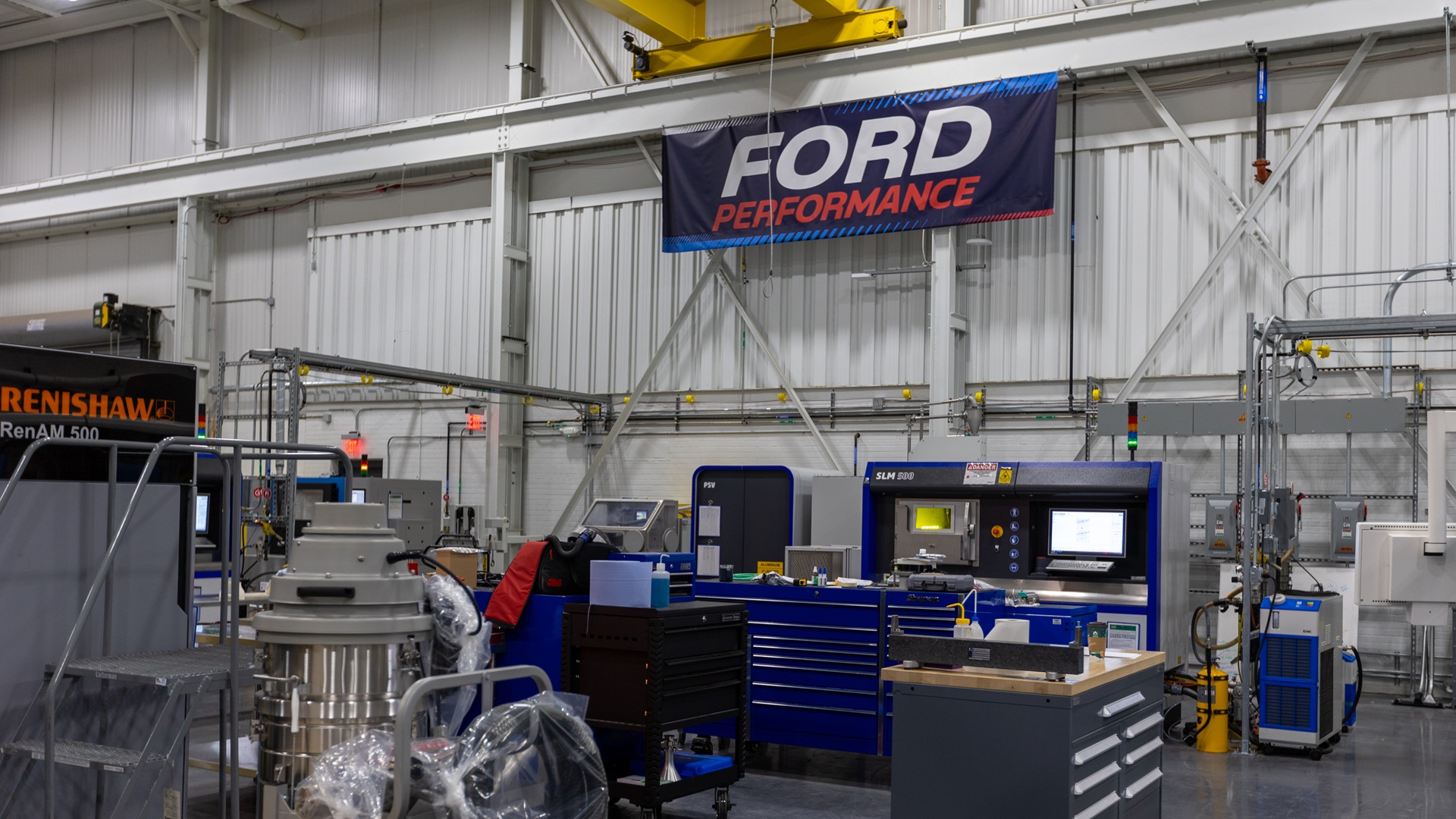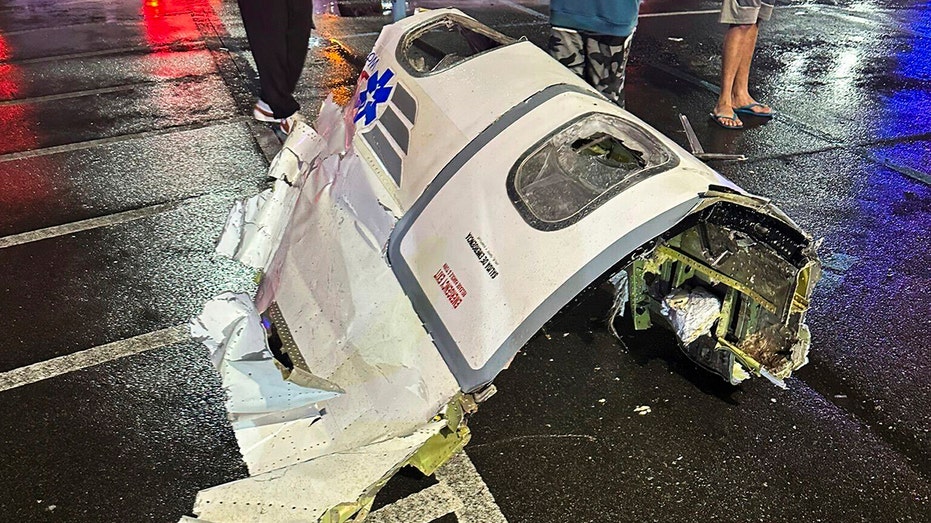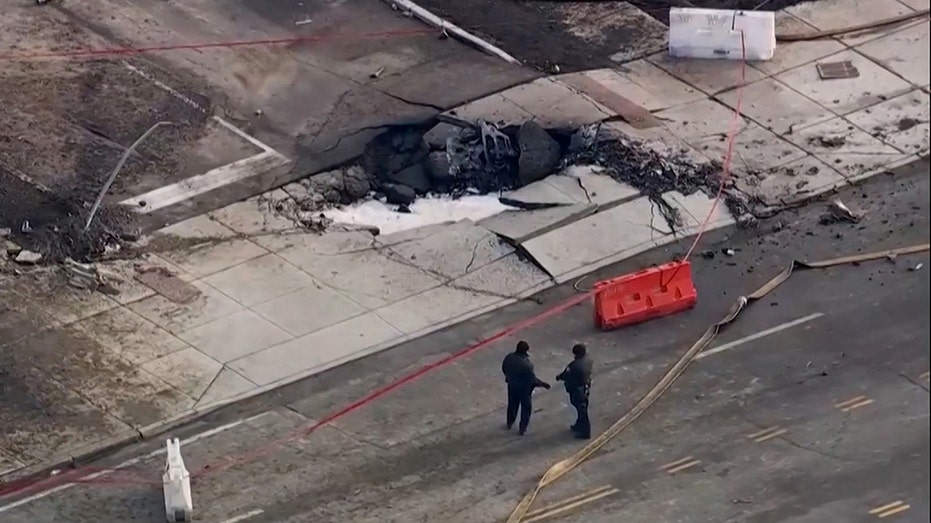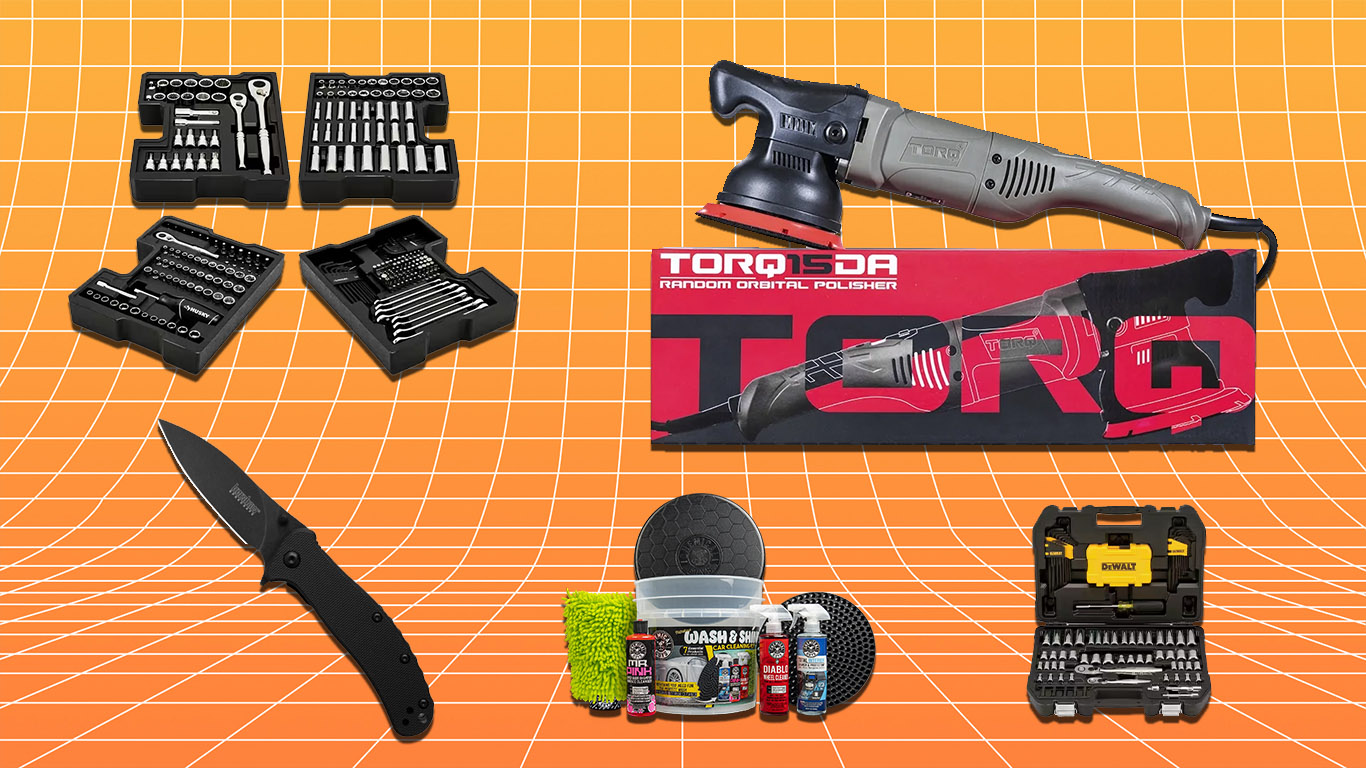Ford Is Already Making Parts for Red Bull’s 2026 F1 Car
Some of the lessons that Ford is learning while developing a Formula 1 drivetrain are helping solve quality issues on the F-150. The post Ford Is Already Making Parts for Red Bull’s 2026 F1 Car appeared first on The Drive.

Ford will return to Formula 1 after a decades-long hiatus in 2026 as Red Bull’s technical partner for powertrains. While the first race is over a year away, the Blue Oval has already started testing the components it hopes will allow Red Bull to continue its dominance in the sport’s next era. On a secondary level, the brand says that some of the lessons it’s learned during the project have already trickled down to production models.
On paper, the job facing Red Bull Ford Powertrains is fairly simple: It needs to develop an internal combustion engine and a 350-kilowatt electric motor. Ford has been making internal combustion engines for well over a century, and it has amassed a tremendous amount of experience in designing electric powertrains in recent years. But this is F1 we’re talking about; it’s the pinnacle of racing and, in many ways, of automotive engineering. There’s little room for error. The new technical regulations coming into effect in 2026 make the development process even more complicated.



Additive manufacturing, which is also known as 3D printing, helps streamline the development process. Ford can print parts that can’t be made using traditional manufacturing techniques, and that’s pretty wild to think about. The automaker last participated in F1 in 2004, when it sold the Jaguar Racing team to Red Bull. At the time, 3D printing was still a relatively obscure technology, so Ford couldn’t have developed the race car it’s working on today back then, and certainly not with the same methods.
Still, that doesn’t make it easy. Ford says it has already built about 1,000 parts for Red Bull, including 3D-printed cold plates for batteries, and it’s testing them using methods more commonly found in the aerospace industry. Engineers are double-checking the mechanical strength, hardness, and geometric compliance of each part, and every component then gets X-rayed and CT-scanned before going to the measurement lab.



Car companies always say that the technology they develop for the racetrack ultimately informs their production vehicles. At least in Ford’s case, that appears to be true—just maybe not in the way you’d expect. Members of its Non-Destructive Engineering team leveraged the same advanced scanning techniques used by the division developing parts for Red Bull’s F1 car to figure out a glue overflow issue in the F-150‘s headlights. Ford had been trying to solve this problem, which creates condensation within the light housing, for months; the scanning tech supposedly allowed engineers to find a solution after a single day of testing.
Got tips? Send ’em to tips@thedrive.com
The post Ford Is Already Making Parts for Red Bull’s 2026 F1 Car appeared first on The Drive.






























.png)





















![‘Companion’ Ending Breakdown: Director Drew Hancock Tells All About the Film’s Showdown and Potential Sequel: ‘That’s the Future I Want for [Spoiler]’](https://variety.com/wp-content/uploads/2025/02/MCDCOMP_WB028.jpg?#)
























